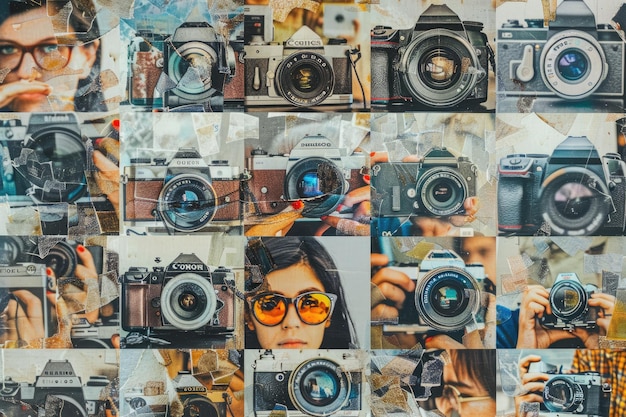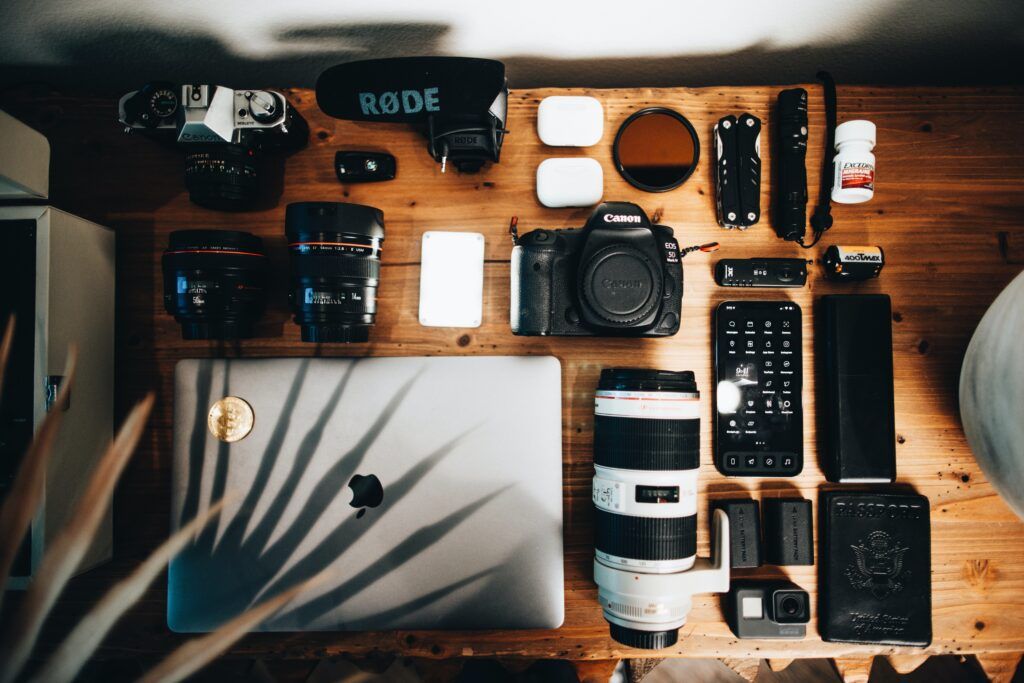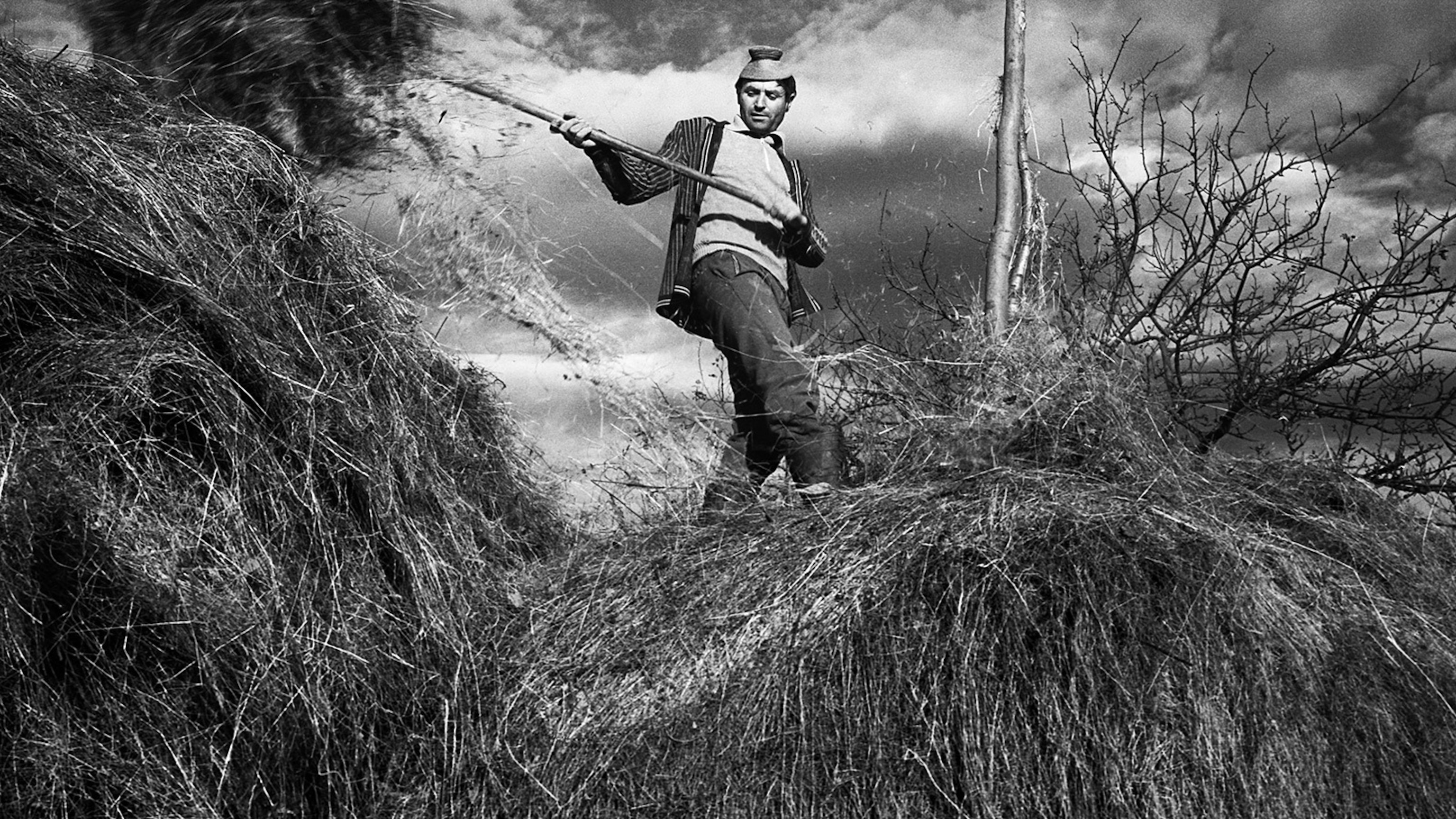Unlocking Your Creative Potential: Emerging Trends in Photography Techniques

17-12-2024, 13:19 Admin 5 916 0
As photographers, we are consistently pushing the boundaries to capture the essence of our world with unique perspectives. As the world of photography embraces the advent of state-of-the-art technology, we find ourselves in an era where creative potential is only bound by our imagination. This eighth installment in our series of deep dives into the esoteric world of emerging photography trends will explore new landscapes, focusing on technology-powered techniques and tools to optimize efficiency.
One dramatic shift in the photography world is the move towards computational photography. This technique uses algorithm-based digital software to enhance picture quality beyond traditional cameras' abilities. Applications like Photoshop and Lightroom have enabled photographers to tweak photos post-shoot, significantly changing the game in digital artistry and displaying the innovative intersection of photography and advanced computing.
Drones, once a novel invention, have transformed into a powerful tool for photographers looking to explore vistas otherwise unreachable. They have revolutionized how compelling narratives are told, amping up the potential for expansive, panoramic shots that command attention. Award-winning photographer Derry Moroney's 'Tree of Life' is a testament to drone prowess, capturing Australia's naturally occurring phytogenic mural in an unforgettable aerial perspective.
In another area, 360-degree photography, an immersive medium gaining traction quickly, is shaping the future of engineering, real estate, and Virtual Reality (VR) to mention a few. The Ricoh Theta Z1, one of the best commercially available 360 cameras, showcases the capability of these devices. With detailed 4K videos, photographers can capture time and space in their entirety, allowing viewers to experience scenarios as if they were physically there.
A significant emerging trend for the more ambitious or professional photographers is the use of photogrammetry. This technique uses multiple photos to generate a 3D render of a subject, often used in mapping, surveying, and 3D scanning. Software such as Agisoft Metashape or RealityCapture has made this complex process more accessible to photographers.
Lastly, the rise of Artificial Intelligence (AI) cannot go without mention. Tools like Luminar software come with 'AI sky replacement features' and can convincingly alter the backdrop of a picture, reducing the time spent on editing greatly. This automated process of editing, powered by AI, harnesses machine learning to improve efficiency and output.
In conclusion, the emergence of computational photography, drone photography, 360-degree cameras, photogrammetry, and AI are pushing the frontiers of what's possible in the realm of photography. As we keep embracing technology to steer our photographic journey, the key here is not just about understanding and using these emerging trends but about continuously adapting and inventing new ways to capture the world. The release of the creative potential in photography is ultimately fueled by our readiness to learn, innovate, and embrace the changes brought about by these technological advancements.
One dramatic shift in the photography world is the move towards computational photography. This technique uses algorithm-based digital software to enhance picture quality beyond traditional cameras' abilities. Applications like Photoshop and Lightroom have enabled photographers to tweak photos post-shoot, significantly changing the game in digital artistry and displaying the innovative intersection of photography and advanced computing.
Drones, once a novel invention, have transformed into a powerful tool for photographers looking to explore vistas otherwise unreachable. They have revolutionized how compelling narratives are told, amping up the potential for expansive, panoramic shots that command attention. Award-winning photographer Derry Moroney's 'Tree of Life' is a testament to drone prowess, capturing Australia's naturally occurring phytogenic mural in an unforgettable aerial perspective.
In another area, 360-degree photography, an immersive medium gaining traction quickly, is shaping the future of engineering, real estate, and Virtual Reality (VR) to mention a few. The Ricoh Theta Z1, one of the best commercially available 360 cameras, showcases the capability of these devices. With detailed 4K videos, photographers can capture time and space in their entirety, allowing viewers to experience scenarios as if they were physically there.
A significant emerging trend for the more ambitious or professional photographers is the use of photogrammetry. This technique uses multiple photos to generate a 3D render of a subject, often used in mapping, surveying, and 3D scanning. Software such as Agisoft Metashape or RealityCapture has made this complex process more accessible to photographers.
Lastly, the rise of Artificial Intelligence (AI) cannot go without mention. Tools like Luminar software come with 'AI sky replacement features' and can convincingly alter the backdrop of a picture, reducing the time spent on editing greatly. This automated process of editing, powered by AI, harnesses machine learning to improve efficiency and output.
In conclusion, the emergence of computational photography, drone photography, 360-degree cameras, photogrammetry, and AI are pushing the frontiers of what's possible in the realm of photography. As we keep embracing technology to steer our photographic journey, the key here is not just about understanding and using these emerging trends but about continuously adapting and inventing new ways to capture the world. The release of the creative potential in photography is ultimately fueled by our readiness to learn, innovate, and embrace the changes brought about by these technological advancements.
Related News
Leave a Comment


